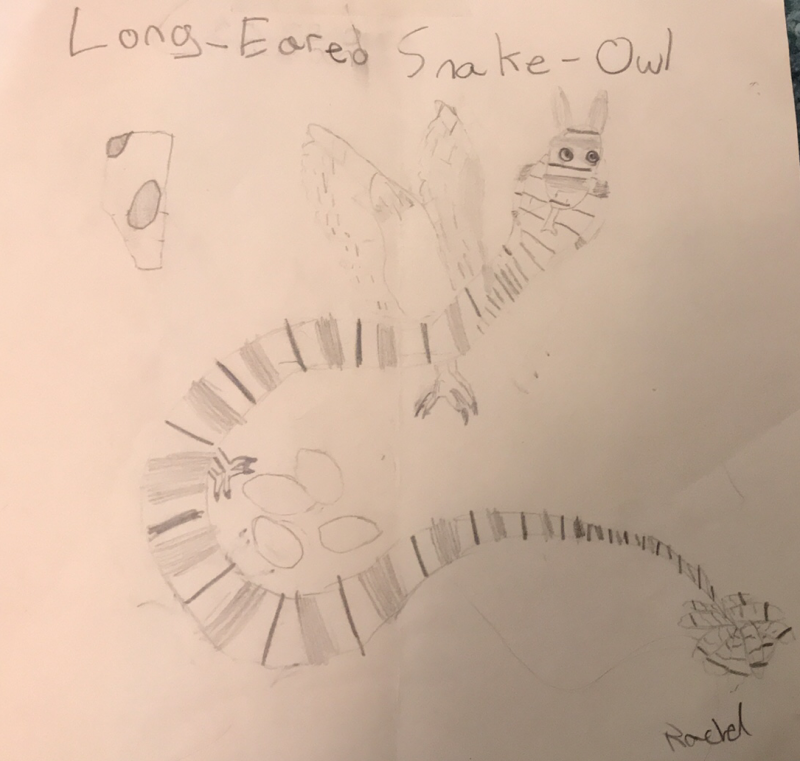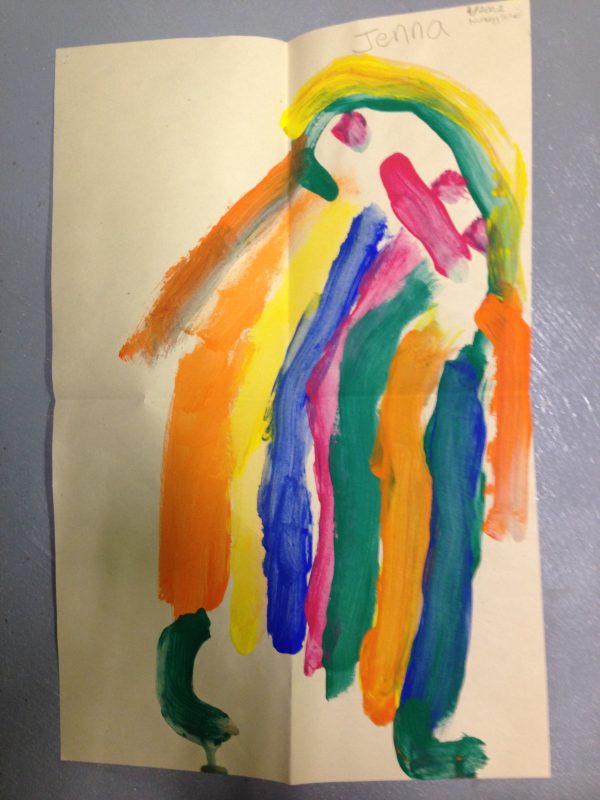Speculative Fingerpainting
Posted on November 23, 2021“For us futures are not a destination or something to be strived for but a medium to aid imaginative thought—to speculate with.”
-Anthony Dunne & Fiona Raby, Speculative Everything
To what extent are speculative critical mindsets intuitive and how are certain biases ingrained into children as they mature to a point which dismisses these speculative approaches? As a child, it is routine to dream up many fantasies and possible futures, seeing one thing and imagining it going in a different direction instead and how it might change how people live and act. Of course, we did not call it speculative critical design or consider it as productive and innovative, it was simply imagination and creative play of childhood. This child-like contrast makes me wonder about the role of speculative design in the ‘adult’ world where it is a radical, and somewhat controversial, design field.
The change in mindset I believe does not have to do with growing up, but rather the systems and imposing structures which we are exposed to as we develop and form our minds within a capitalist society. Growing up has become associated with a process of losing wonder and imagination. As a child, we feel as though anything could be possible, as we have not been struck by the harsher ‘realities’ and oppressive systems of thinking and being. Within a society which values conventional ways of ‘productivity’ in an economic understanding, the educational system has been structured to repress creativity and ways of thinking which do not fit within defined narratives. While expectations and responsibilities restructures our perspectives and informs biases, we are still fundamentally operating with the same ‘child-like’ human needs and tendencies. I am interested in how we can work to incorporate more child-like expression, reaction and wonder into design practices. It would also be encouraging to see a future which is co-designed and speculated by the children who will be the ones growing up and living in each successive generation.

Childhood imagination lying in the widest outer “possible” cone
When asking my friends for images of their early childhood artworks and writings, I was struck by the lingering feelings of pride and nostalgia for what many would overlook as a simple child’s musings. In young children’s works, they primarily fall into the outer light blue edges of the “possible” cone in the cone figure by Dunne & Raby, above. As we grow up, the focus tends to drift towards the middle where plausible, probable, and preferable lie.
Throughout my first semester here in Transdisciplinary Design, I am constantly feeling like I have to work to re-learn how to be imaginative in an unrestrictive instinctive way of thinking. It strikes me with the question – what is instinct in design and what is it’s value? Is there really such a thing as instinct or will there always be certain biases and ontologies that are ingrained in us? The activities and projects we do in our Transdisciplinary Design classes reminds me of my own biases and understandings of the world. I hope to continue to open myself up to the possibilities of design and work on un-learning many of the mindsets that have been integrated in my education and experiences.






Collection of images from early childhood years
Submitted by JB
Readings
Dunne, A., & Raby, F. (2014). Speculative everything: Design, fiction, and Social Dreaming. MIT Press.